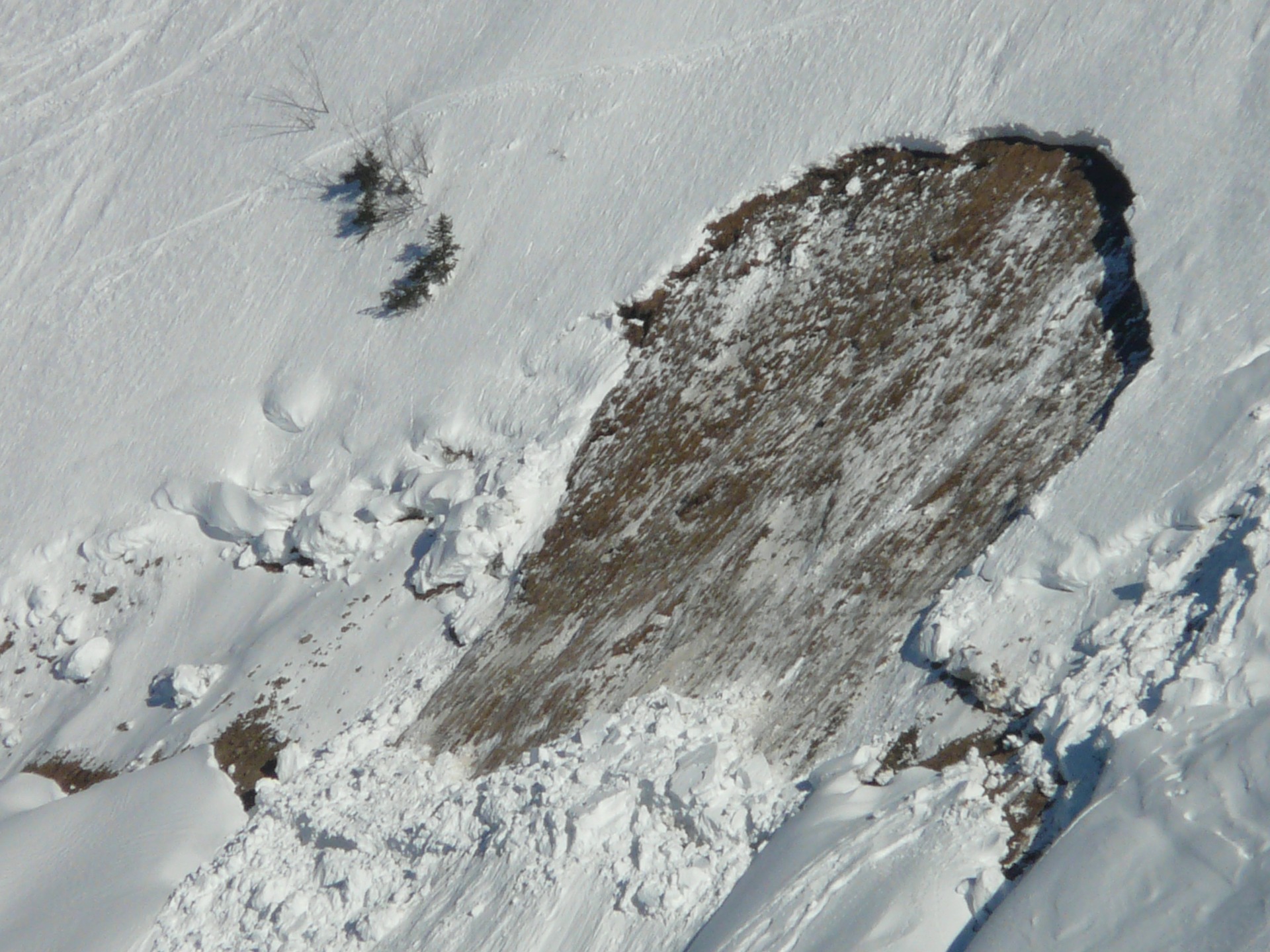
5 Tips for Staying Safe in Avalanche Country
Source:nationalgeographic.com
By
Six snowboarders and skiers were buried, and five of them killed, in a massive avalanche near Colorado’s famed Loveland Pass on Saturday, April 20. It was the deadliest single Colorado avalanche in 50 years, but unfortunately avalanche fatalities themselves are not rare—Colorado alone has suffered 11 this year—and they have been increasing along with a growth in backcountry travel.
Saturday’s victims were well-equipped, experienced backcountry snowboarders and skiers, snow-industry employees, and even a climbing guide certified by the American Mountain Guides Association (AMGA). The group was taking part in the Rocky Mountain High Backcountry Bash, an event meant to promote backcountry safety and raise funds for the Colorado Avalanche Information Center, even before the tragic turn.
While even the most knowledgeable and experienced individuals are at some risk in avalanche terrain, there are ways to increase your odds of survival (see more avalanche safety videos). Read on for five tips to help you stay safe in snow country.
1. Get Smart
“I really stress that the best way to survive an avalanche is not to be in one,” said Jeff Lane, a Snow Ranger at the Mount Washington Avalanche Center in New Hampshire. “Once that happens, you’re basically hoping for the best.”
Educate yourself with professional avalanche instruction and practice what you learn. “I think the experience is really critical,” Lane said. “It’s a long-term process, and it’s hard to take a two- or three-day course and know all there is to know to keep yourself safe.”
Instructors can teach you how precipitation, wind, and temperature play roles in snow stability, and how terrain factors like slope steepness, orientation, and underlying rock affect conditions. You’ll learn to dig pits and perform other tests of snowpack stability, and be trained on the types of routes to avoid. Assessing all these risk factors can help you make decisions that can keep you out of avalanches.
Classes also teach the use of classic safety equipment, like beacons, probes, and shovels, that are used to locate buried victims and dig them out when the worst occurs.
2. Know It Can Happen to You
About 150 people are killed each year in avalanches, a number that’s uncomfortably high considering the relatively small numbers who regularly venture into avalanche terrain. Ninety percent of such incidents are triggered by the victim or someone in their party, and most of those people are experienced skiers, snowboarders, or snowmobilers with some level of avalanche awareness under their belts.
Having the knowledge to make good decisions doesn’t help unless you put it to use. Conditions may change throughout the day and so should your evaluations. Be realistic and be ready to back off no matter how tempting a line, persuasive a partner, or pressing outside concerns—like the last chance for turns at the end of an epic trip—may seem.
Respect slackcountry and sidecountry dangers. These increasingly popular unpatrolled areas, no matter how easily accessible they may be from a ski resort, can harbor the same avalanche hazards as the backcountry. Treat them with respect and don’t relax your evaluations because many people are around or help seems relatively close at hand.
“I do think there is often a false sense of security in knowing that ski patrol is on the other side of the mountain,” Lane said.
3. Know Before You Go
Checking local avalanche forecasts, available from the American Avalanche Association, is a great place to start but only one piece of the puzzle. Pay attention to recent weather and avoid avalanche terrain within 24 hours of a storm that brings a foot (30 centimeters) or more of fresh snow, which is when slides are most common.
Avalanche danger starts on the climb up, so stick to low-angle ridges or dense trees when possible. Move from one safe terrain area to another and, if you must cross “avy terrain,” spread your party out so not everyone is exposed to danger at the same time. When it’s time to make turns, use the same evaluation skills to identify safer areas and head down one at a time—while watching your partners carefully.
And do some homework on your route, Lane cautioned. “Are there likely slide paths or terrain traps? What are the consequences of a slide? Is there a clean runout or is there a cliff below you, or are you going to get strained through trees that can kill you or break a femur? Earlier this month a Utah Department of Transportation Snow and Avalanche Program forecaster was killed in an eight-inch-deep (20-centimeter-deep) slide that was 45 feet (14 meters) wide because it carried him over two cliffs.”
(Related: Unleash an Avalanche Interactive.)
4. Gear Up
Don’t venture into avy terrain, even for “just one run,” without the proper tools. Carry a beacon, probe, and shovel and know how to use them. Make sure your partners also know how to use them so they can find you and help if disaster strikes.
These tools are tried and true, but more modern gear is also helping to decrease the chances of injury or death. Wearable avalanche airbag systems are designed to keep people on top of a slide rather than buried in it, which increases the odds of survival significantly. AvaLung systems have breathing mouthpieces that can stave off asphyxiation for buried victims and buy more time for rescue.
And don’t forget that most basic piece of equipment—a helmet. “I think the focus is on death by suffocation, but that is only one of the bad consequences,” Lane said. “This equipment can also help to prevent injury once an avalanche occurs.”
5. Swim, Reach, Hope for Help
It takes only a few seconds for sliding snow to reach 80 miles (130 kilometers) an hour. If worse comes to worse and you are caught in a slide, try to escape to the side, grab a tree, or “swim” hard to try to stay near the surface—but realize you’re most likely at the mercy of the avalanche’s massive force, Lane said.
When a slide stops it will quickly settle like concrete, so try to clear air space to breathe around your face and stick a hand upward and out of the snow if possible.
If dug out within 15 minutes victims have a 90 percent chance of survival—if they’ve not been killed by trauma in the fall. After that the odds drop quickly. Only 20 percent of buried victims are still alive after 45 minutes, and beyond two hours few ever survive.
Jeff Lane stresses that even those fortunate enough to be dug out aren’t home free. They are often miles from roads and hours from the arrival of any help. “Lots of people practice with beacons and then stop when they find the beacon,” he said. “In the big picture that’s a small part of avalanche rescue.”
Teams should have an evacuation plan and be equipped for winter travel with warm clothes, food, medical supplies, and other gear that can help them stay safe until help arrives. “It might be five hours before rescuers get to you. That little thermos of hot chocolate isn’t going to be enough.”
Despite the dangers, the lure of fresh turns and promise of backcountry solitude will continue to draw people into avalanche terrain. Know that these rewards never come without risk.
“You can do everything right and still be caught in an avalanche,” Lane said. “Educate yourself [and] make good decisions—but if you’re going to ski or climb or travel in avalanche terrain, you’ll have to accept that you can’t be 100 percent right all the time.”
